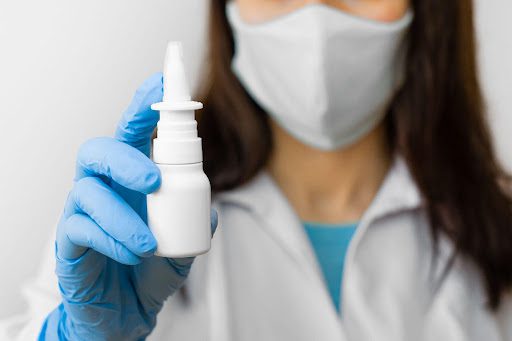The information in this article is provided as an information resource only and is not to be used or relied on for any treatment purposes. Please consult your healthcare provider before making any healthcare decisions or for guidance about a specific medical condition.
Depression continues to affect millions of individuals across the globe, and unfortunately, more widely accepted depression treatments options are not always effective. As a result, research into the condition has been evaluating ketamine treatment for depression, specifically aiming to alleviate the symptoms of treatment-resistant depression. Read on to find out about this cutting-edge treatment, its drawbacks, and what the future holds for ketamine depression treatment.

Major depressive disorder, commonly known as depression, is a mood disorder affecting some 21 million U.S. adults each year, whose central features are a deep, prolonged sense of sadness, and a difficulty experiencing joy. For individuals contending with a subtype of this disorder, called treatment-resistant depression, hopelessness is another major feature that weighs on their well-being, and hinders their ability to effectively battle their condition.
Treatment-resistant depression is defined as cases of major depression whose symptoms have persisted, despite trying at least two types of antidepressant medication.
Both selective serotonin reuptake inhibitors (SSRIs) and serotonin-norepinephrine reuptake inhibitors (SNRIs) have been FDA-approved as treatments for depression. The FDA has also recognized psychodynamic therapy as a first-line treatment for depression. Additionally, the non-invasive, medical device treatment Deep Transcranial Magnetic Stimulation (Deep TMS) has been FDA-cleared to treat depression, due to its high tolerance and clinically proven effectiveness. Finally, a variation of ketamine has been FDA-approved for depression.
Originally derived from the psychedelic drug Phencyclidine (otherwise known as PCP, or angel dust), ketamine was approved by the FDA during the mid-20th Century, following which it was used as an anesthetic during the Vietnam War. When used for its sedative properties, ketamine is injected intravenously or intramuscularly.
Though a psychedelic drug, ketamine differs from other psychedelics, in that it does not affect one’s heart rate or respiratory system, making ketamine a generally safer anesthetic option.
The effects of ketamine are partially determined by its dosage. At an anesthetic level and under the supervision of medical professionals, it is used for sedation, as well as a treatment for chronic pain.
At lower, sub-anesthetic doses, ketamine has been shown as an effective treatment for depression. More particularly, ketamine has been shown to help treat both treatment-resistant depression, as well as mixed anxiety and depression.

In 2019, the FDA approved the use of a nasal spray derivative of ketamine, called esketamine, to be used to combat treatment-resistant depression, with acute suicidal ideation or behavior. The FDA further stipulated the nasal spray must be offered in conjunction with a more traditional, oral antidepressant (such as an SSRI, SNRI, etc.). Esketamine must be provided and administered within the healthcare facility itself.
Unlike esketamine, ketamine has not been recognized by the FDA to treat depression. Nonetheless, ketamine infusions for depression are sometimes used as an off-label treatment for this condition.
A key benefit of esketamine is its expeditiousness. Esketamine is extremely fast-acting and has been shown to alleviate symptoms of major depression within a matter of hours. In contrast, it can take weeks and even months for conventional antidepressant medication to make a noticeable difference in symptom severity.
The rapidity with which esketamine can reduce depressive symptoms works in tandem with its ability to alleviate treatment-resistant depression, helping protect against suicidal behavior. U.S. suicide rates position it as the nation’s 12th most common cause of death.
As a result of its combined ability to offer quick and effective symptom alleviation, esketamine offers hope to some of the most extreme cases.
Despite studies pointing toward high efficacy rates, ketamine does come with possible risks that have prevented it from being fully embraced as an alternative option for treatment-resistant depression. The effects of esketamine are similarly being researched, in light of the dangers posed by the drug from which it had originated.
Possible side effects of ketamine injection include blood pressure instability, hallucinations, respiratory issues, and liver injury. The possible side effects of esketamine include nausea and dissociation.
At present, ketamine is not FDA-approved to treat depression or any other psychiatric disorder. Only esketamine has been approved to treat depression.
The FDA’s stipulation that esketamine be used in suicidal, treatment-resistant cases both highlights the treatment’s efficacy, and stresses the wariness with which the mental health community approaches it. The lack of FDA recognition of ketamine as a treatment for depression further underscores the concerns that this off-label option raises.